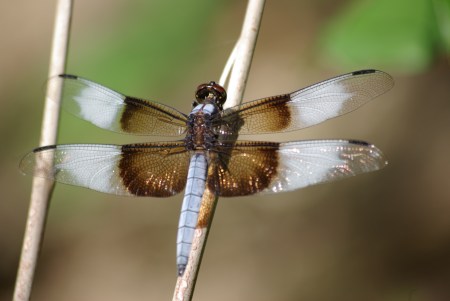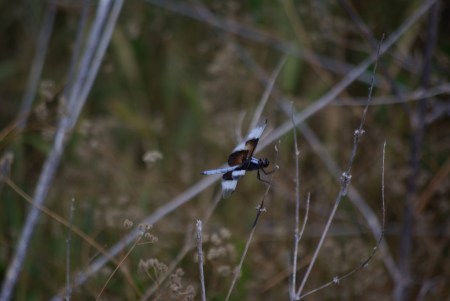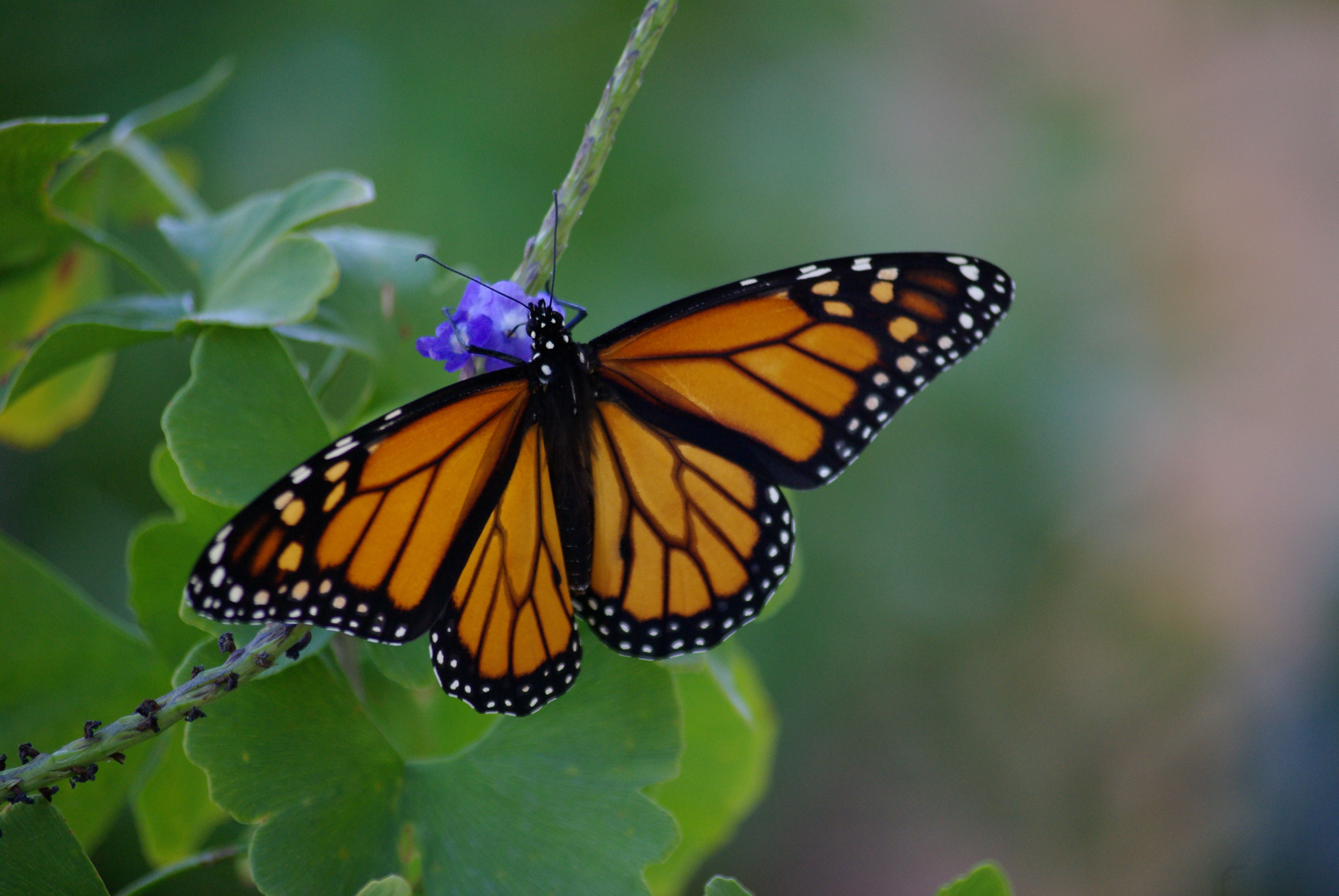Environmental Health News invites repostings of this story, with attribution and links back to EHN’s original story.
It’s a good article. Can’t improve on it much, so let’s save time and pass it directly.
Can we learn from the success in saving the bald eagle from extinction, to save our domestic bee industry and native American pollinators?
Unintended consequences
How a law that failed to protect eagles could offer a lesson to save honeybees
June 6, 2015
By Peter Dykstra
Environmental Health NewsHistoric photo from EPA
The Bald Eagle Protection Act, signed into law 75 years ago on June 8, 1940, was well-intended. A multi-pronged assault on the raptors was taking its toll — habitat loss, lead-shot poisoning, and bounty-hunting by ranchers and fishermen all contributed to a growing threat. (Click here to see how this played out in Alaska.)
Congress passed, and President Franklin D. Roosevelt signed, the act to outlaw the “taking” of eagles and their eggs, disruption of their nests, or sale or possession of eagle feathers or parts.
It didn’t work. Bald eagle populations accelerated their decline, for reasons that Congress, wildlife officials, and FDR couldn’t possibly anticipate.
Throughout the late 1930’s Swiss chemist Paul Müller labored to find the right mix of synthetic chemicals to control moths. Not only did dichlorodiphenyltrichloroethane do the trick, but Müller’s lab work found it was effective against lice, houseflies, beetles, and the dreaded mosquito. Müller’s employers, J.R. Geigy AG, applied for the first DDT permit about two months before the Eagle Act passed.
Swiss chemist Paul Muller, of A. G. Geigy corporation; the man who discovered DDT kills. Pest Management Professional Hall of Fame
The rest is natural and human history. Cheap to produce and an effective defense against lice-borne typhus and mosquito-borne malaria, DDT quickly became a fixture in farm fields, living rooms, and World War II battle theaters. Müller became a science rock star, garnering a Nobel in 1948 and — wait for it — membership in the Pest Management Professional Hall of Fame in 2004.
But bald eagles continued to decline. So did hummingbirds, robins, ospreys, pelicans and peregrine falcons. Years of science, met with serious blowback from the chemical industry, eventually proved that DDT was thinning birds’ eggshells, not to mention causing impacts in fish, humans, and other mammals. Rachel Carson’s Silent Spring drew international attention to the threat, and in the U.S., DDT was outlawed on the last day of 1972. Bald eagles, ospreys, brown pelicans and peregrine falcons have all since staged remarkable comebacks from the Endangered Species list.
Which brings us to today’s threat to other ecologically priceless wildlife — pollinators. Honeybee populations have been in freefall for more than a decade. Like the threats to eagles, the potential causes are multiple: loss of habitat and native plants, parasites, and a mix of insecticides and fungicides. Newest, and most notable among the suspects, are neonicotinoid pesticides. Like DDT, neonics were developed in the 1980’s and 1990’s and welcomed as a step forward, since they were thought to be effective on insect pests but relatively benign on non-target wildlife and ecosystems. Today they are a billion-dollar agricultural product, ubiquitous on common crops like corn and soybeans.
But mounting evidence shows that neonicotinoids may be part of the frontal assault on bees and other pollinators. In 2013, the European Union banned the use of three of the most contentious types of neonicotinoids, citing a clear and immediate risk.
In 2014, President Obama ordered the creation of a federal pollinator strategy. Its first draft came out last month, calling for everything from creating bee-friendly habitat to further study on neonics and other agricultural chemicals. The first edition of the strategy, issued in May, outlines a multi-year process for re-examining use of neonics.
If the EPA and other federal agencies concur with other studies on the potential harm of neonicotinoids, the U.S. will issue assessments for neonics in 2016 and 2017, and may or may not take action until 2018 to 2020. All of this will take place under a new president who may or may not take interest in protecting bees.
That timetable may work. Or not. Or, with a president with little more than a year left in office and a hostile Congress, it may be a moot point.
But perhaps a more important point is that in 1940, the President and Congress took action on the known threats to eagles. They didn’t know about the chemical risk from DDT. If neonics are as big a threat as the science suggests, the current president and Congress won’t have ignorance as an excuse for waiting.
EHN welcomes republication of our stories, but we require that publications include the author’s name and Environmental Health News at the top of the piece, along with a link back to EHN’s version.For questions or feedback about this piece, contact Brian Bienkowski at bbienkowski@ehn.org.
Prior to the 20th century, all eagles, including bald eagles were regarded as pest predators and pest carrion eaters. Populations of the birds plunged between 1492 and 1900. The first eagle protection law in 1918 did little to stop the decline in eagle populations. A harder-toothed anti-hunting law in 1941 helped, as discussed above. Anti-environmentalists often seize on these historic facts to claim that DDT was not to blame for the failure of the eagles to recover after 1941. But recovery of the birds started as soon as DDT was banned. Fecundity of bald eagle populations rose in direct proportion to the drop in residual DDT and DDT breakdown products in the flesh and fat of eagles.
In Silent Spring Rachel Carson provided 53 pages of notes and citations to science journals, documenting the dangers and the unknowns of DDT and a variety of other chemicals. The book was published in 1962. It is a tribute to Carson’s meticulous research that every study she pulled from is still accurate today. Later research only supported her conclusions, or in the case of bird damage and eggshell thinning, provided documentation of even more and greater harms.
Do we learn from history?






 Posted by Ed Darrell
Posted by Ed Darrell 



























